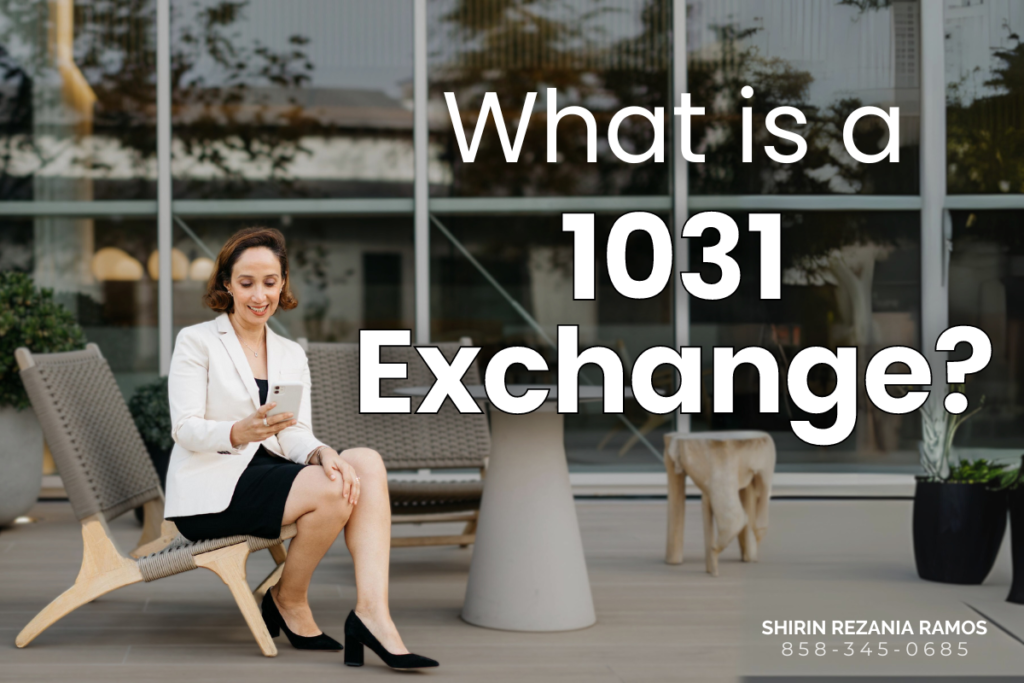
These four types of real estate exchanges offer flexibility and tax benefits for investors participating in 1031 exchanges.
- Simultaneous Exchange
A simultaneous exchange involves the selling and acquiring of properties on the same day. This exchange must be truly simultaneous to qualify for tax benefits. It can occur through direct deed swapping or a three-party exchange facilitated by a Qualified Intermediary. - Delayed Exchange
The most common 1031 exchange, where you sell your property first and then purchase another within 180 days. A Qualified Intermediary holds the sale proceeds in trust while you identify a new property within 45 days. - Reverse Exchange
In a reverse exchange, you buy a new property before selling your current one. This allows you to wait for the market value to increase before selling. However, this type of exchange typically requires 100% cash and has a strict timeline for property identification and sale completion. - Construction or Improvement Exchange
This exchange allows for property improvements before the exchange. Exchange equity is held by a qualified intermediary for 180 days, during which the improvements must be completed and the property must be of equal or greater value upon reacquisition.
Ready to sell? Know your home’s worth, click here.
Homes for sale in Carmel Valley click here.
Shirin Rezania Ramos | 858.345.0685 | www.shirinramos.com | Compass, DRE 0203379


